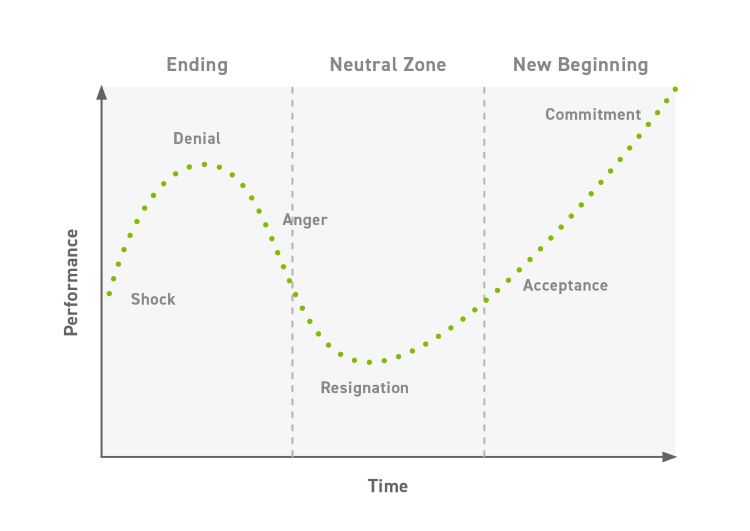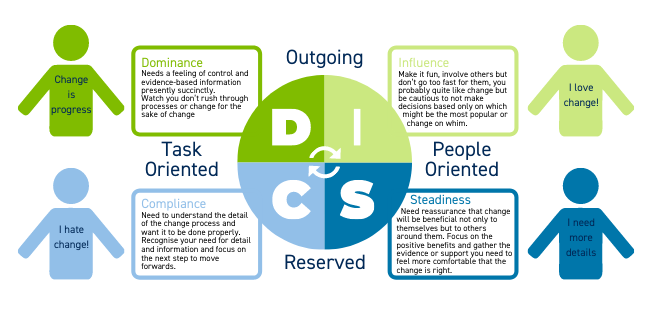
Channelling Change for the Better
“Change is inevitable, growth is optional.” John C Maxwell What comes to mind when you think about change? What words or phrases do you associate with it? How do you usually respond to change? We will all perceive situations differently. Our initial reaction to change, particularly if it is unexpected or unwelcome, is often based on emotion rather than logic, grounded in our previous experiences and personality styles. When dealing with changes that we fear or dislike, we therefore first need to recognise this response, and what’s driving it, in order to allow clear decision making. The first step to making change feel more comfortable is to choose a positive, resourceful mindset; a growth mindset which considers learning and opportunity, rather than a fixed mindset based on perfection and an avoidance of failure. You cannot avoid change, so rather than fighting it or just letting it happen to you and having to constantly react, actively choose a mindset that enables you to take control of your journey and to be proactive about how you move through it.Choose your mindset
Phases of change

When we move through the process of change, we all follow this curve. This graph is not linear and may change according to the situation and the person. If the change is sudden and unexpected, we may go through all phases and it may feel quite a turbulent ride; you can go backwards as well as forwards through the curve, particularly if there is change on top of change, and it’s also possible to get very stuck in the dip at the bottom. Most of us can relate to the curve when we think about the pandemic – it’s useful to use it to reflect on your own response and the responses you’ve seen from others. If we want change to be less painful and easier to deal with, we need to think about how we move forwards through the curve. Planning for change helps you feel more comfortable about the steps you need to take in order to move forwards and can also highlight why you might feeling stuck. What do you need to know or do in order to feel more comfortable with the change, enough to move forwards? Understanding why you do what you do is the key to responding to change more effectively and comfortably. DISC profiling helps tremendously with this.Get to know you – why you do what you do

Think about your natural style and how it might influence your attitude to change. Use that information to help you manage your personal response to change and how you lead through change. Take time to reflect on your previous experiences of change and your personality styles; what factors may drive your fears or anxieties of change? It’s natural to have some fear of the unknown – this is our brains trying to keep us safe. Acknowledging how we feel is important and then we also need to ‘feel the fear and do it anyway!’ (Susan Jeffers book) Finally, a couple of facts to remember: 1) It will be difficult to engage with a change if it is not in line with your values and beliefs so this is a point to check in with if you are feeling resistance 2) Connect with others - who else is involved or could be involved? Who do you need to communicate with and how? For big stuff, who could support you or be your sounding board and mirror? Sometimes that trusted person is just who you need to motivate you into taking action rather than stagnating.Fear of change
About VDS Training
VDS Training are passionate about developing all members of the veterinary team, to help you overcome the personal and professional challenges you face on a daily basis, and to build practical skills and techniques to make a real difference to you and your life.

